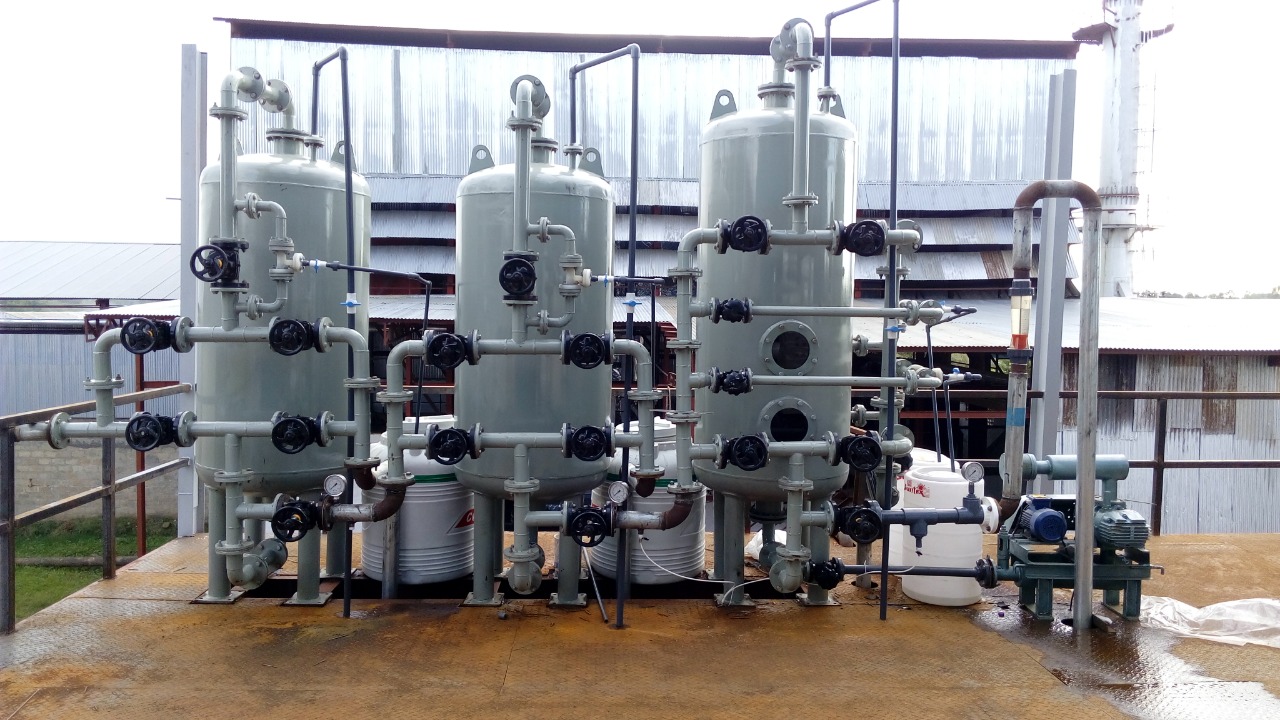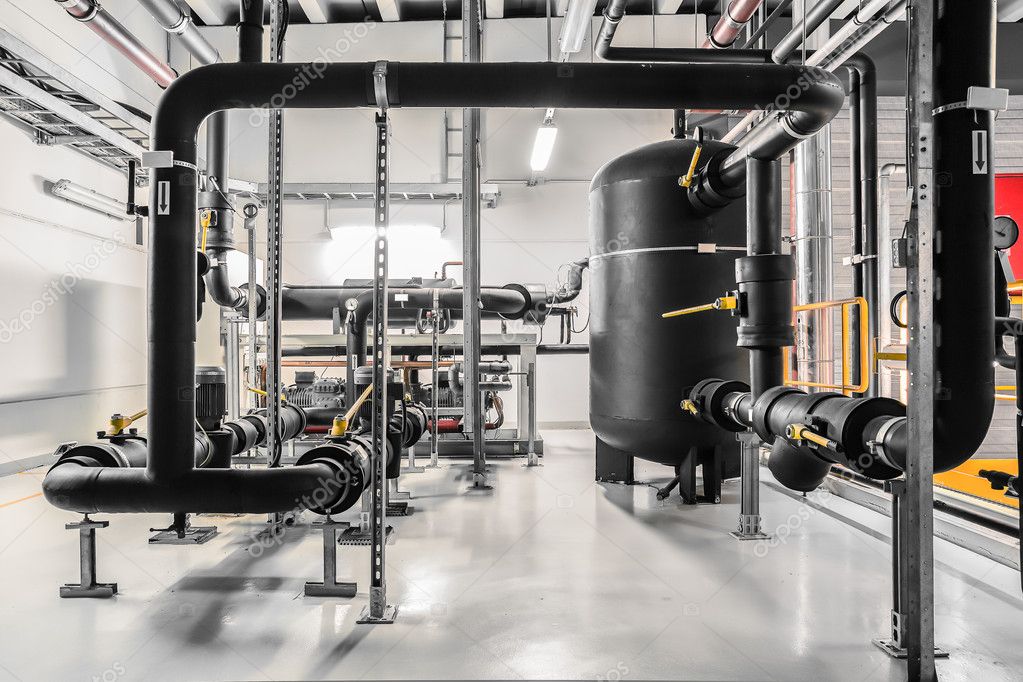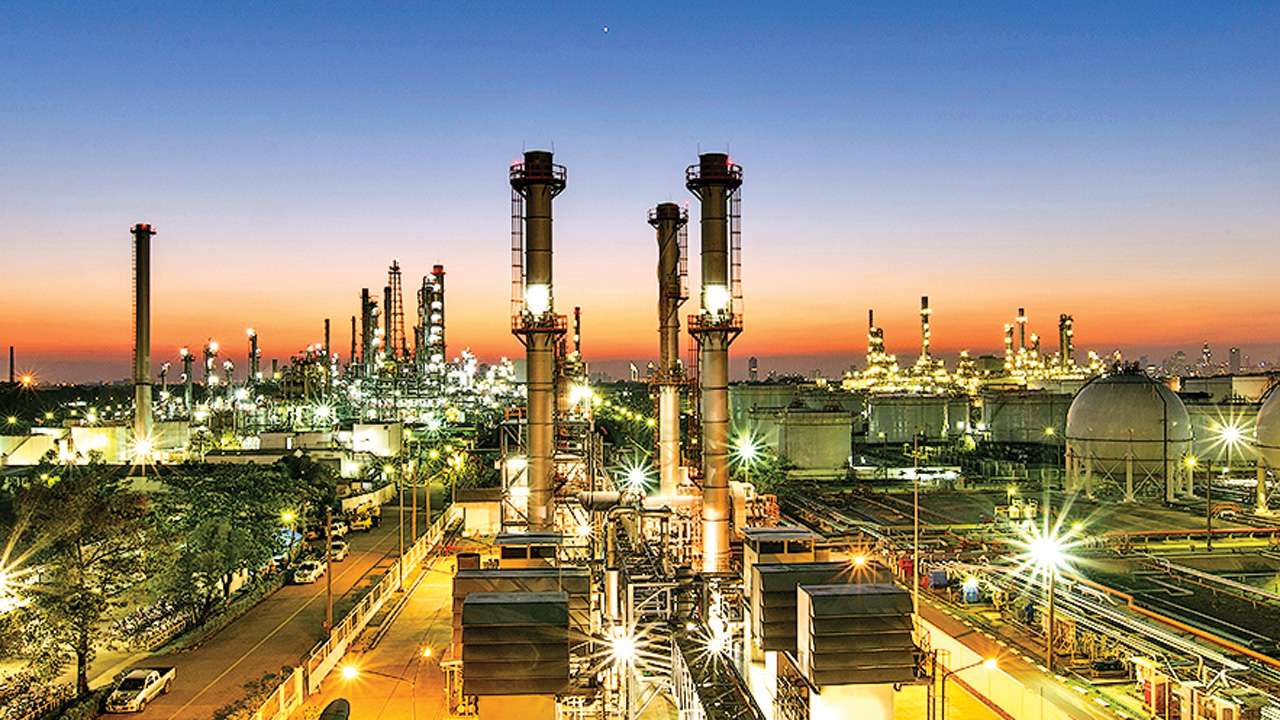
Portable Water Treatment
Portable Water Treatment
The standard process for potable water treatment involves water from a lake, reservoir or river being transferred into a tank where coagulation, flocculation and clarification occurs.
Read more
Water Treatment
Water Treatment
Water treatment is any process that improves the quality of water to make it appropriate for a specific end-use. The end use may be drinking, industrial water supply, irrigation, river flow maintenance
Read more
Waste Water Treatment
Waste Water Treatment
The processes involved in waste-water treatment include physical processes such as settlement or flotation and biological processes such as aerated lagoons, activated sludge or bio-films in trickling filters.
Read more
Ultra-Purity Water System
Ultra-Purity Water System
Today, ion exchange and electro deionization (EDI) are the primary deionization technologies associated with UPW production, in most cases following reverse osmosis (RO).
Read more
Storage Tank & Distribution System
Storage Tank & Distribution System
A water distribution system is a part of water supply network with components that carry Purified water from a centralized treatment plant or wells to water consumers in order to adequately deliver water to Production Unit, industrial Use and firefighting requirements.
Read more


